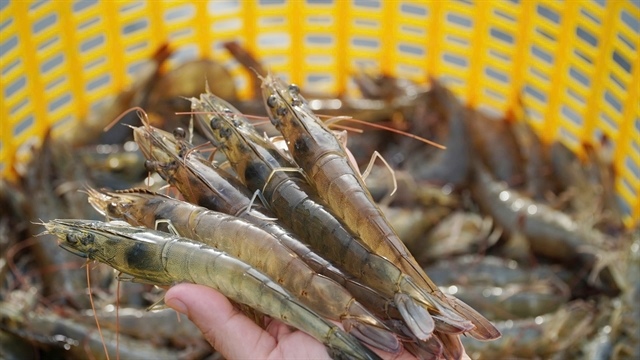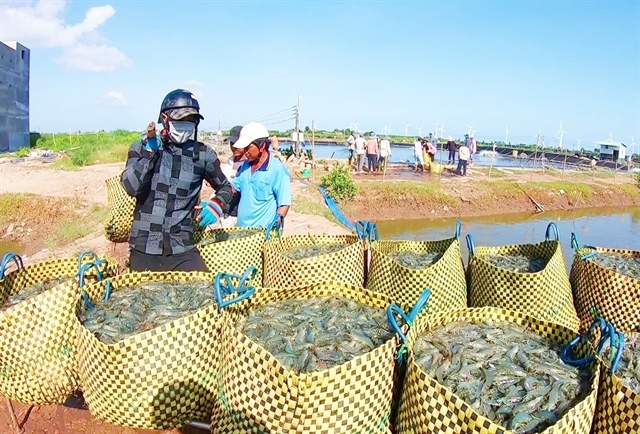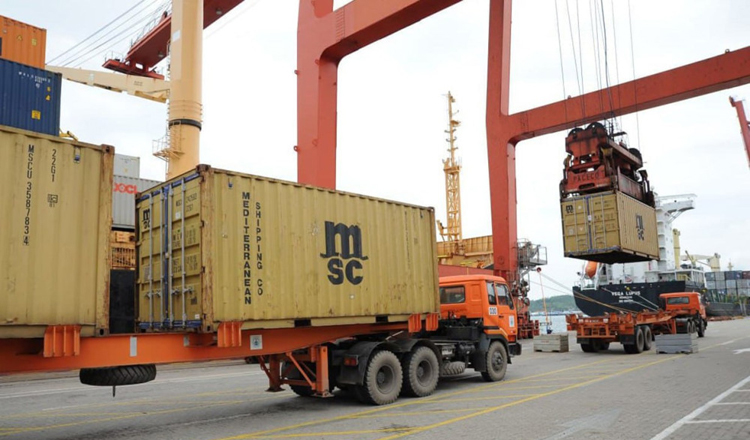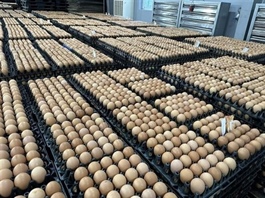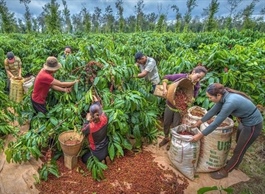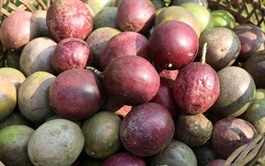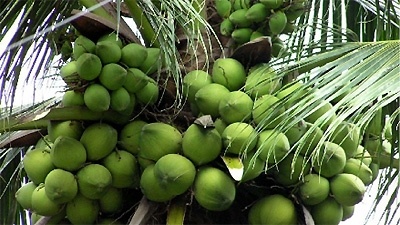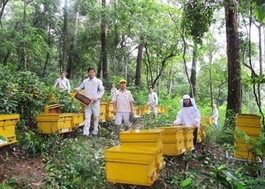Sóc Trăng boosts brackish water shrimp farming to enhance export value
Sóc Trăng boosts brackish water shrimp farming to enhance export value
Sóc Trăng Province has launched a comprehensive plan to advance brackish water shrimp farming from 2023 to 2025, aiming to increase export value through high technology, digital applications, and sustainable practices. The initiative is designed to bolster environmental protection, adapt to climate change, and improve local incomes, solidifying Sóc Trăng as a leading aquaculture hub in the Mekong Delta.
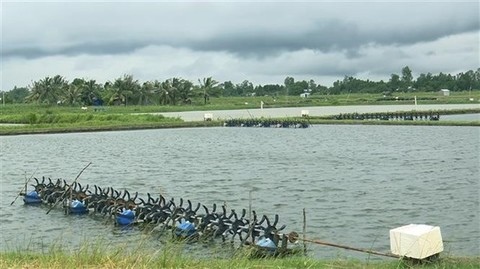
A brackish water shrimp farming pond in Sóc Trăng Province. — VNA/VNS Photo |
The project is backed by nearly VNĐ29.5 billion and targets five key districts and towns: Trần Đề, Mỹ Xuyên, Cù Lao Dung, Long Phú and Vĩnh Châu. A key objective is to sustain the province's shrimp farming area at 57,000ha, including 1,500ha dedicated to super-intensive farming and 40,500ha to intensive and semi-intensive farming. By 2025, Sóc Trăng aims to produce 233,800 tonnes of brackish water shrimp, rising to 311,428 tonnes by 2030, with an export value of over US$1 billion annually from 2024 onwards.
Huỳnh Ngọc Nhã, Director of the Sóc Trăng Department of Agriculture and Rural Development, highlighted the province's goal to achieve a 5.1 per cent growth in aquaculture production value by 2025. The plan also includes the development of 45 key model projects tailored to the specific conditions of each sub-region. These models will be closely monitored for environmental and disease control to ensure sustainable farming practices.
A significant focus will be on ensuring that 100 per cent of shrimp farming facilities meet aquaculture standards and are granted identification codes for ponds and main farming species. This will enhance traceability, a critical factor for export markets. Additionally, the province plans to strengthen 20 shrimp farming cooperatives to achieve VietGAP or organic certification, aligning with other sustainable aquaculture standards.
To further support the sector, Sóc Trăng is working on creating value chains from input supply to product consumption, with at least five linkages across the sub-regions. These will involve shrimp farmers, input suppliers, and processing plants, enhancing efficiency and profitability across the industry.
In Vĩnh Châu Town, a significant area for the province's shrimp farming plans, the Sóc Trăng People's Council recently approved a VNĐ60 billion investment in an irrigation system to support aquaculture. This project aims to secure a stable water supply for around 2,100ha of aquaculture land, prevent tidal intrusion in the face of climate change, and prepare the area for the province's long-term shrimp farming strategy up to 2050.
With these initiatives, Sóc Trăng is positioning itself as a critical player in Việt Nam's shrimp industry, contributing significantly to the national economy through sustainable and high-tech aquaculture practices.



